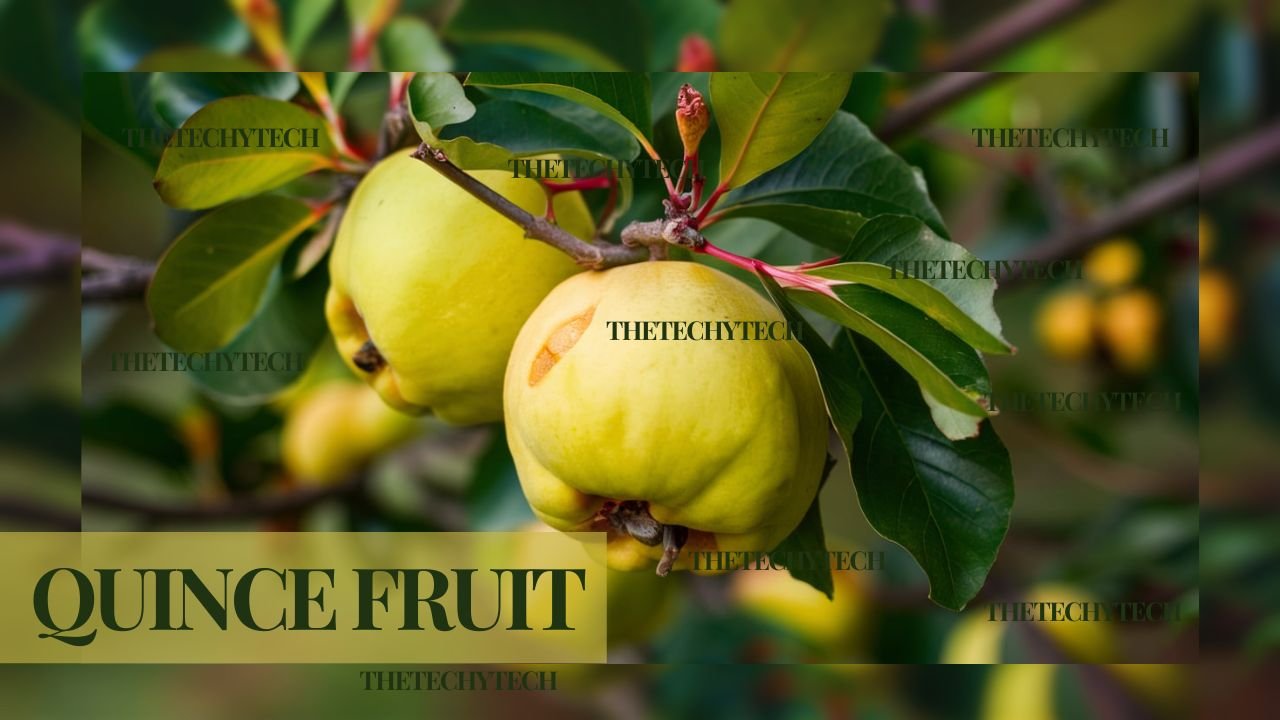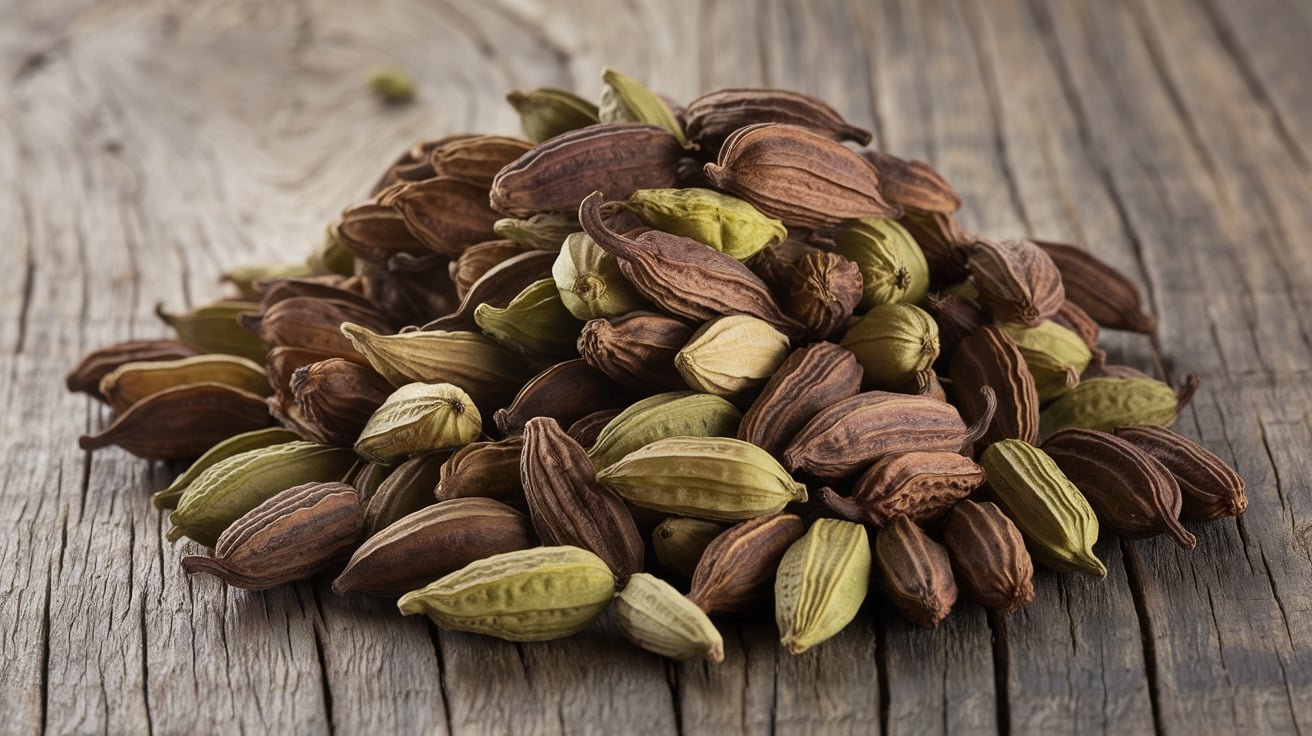Introduction to Quince Fruit
Quince fruit, a lesser-known but incredibly versatile fruit, holds a special place in both culinary and medicinal traditions. Often overshadowed by more familiar fruits like apples and pears, quince fruit offers a unique flavor and numerous health benefits. In this comprehensive article, we will extensively explore the history, nutritional benefits, culinary applications, and medicinal properties of quince fruit, using the keyword “quince fruit” to emphasize its significance.
The Historical Significance of Quince
Quince fruit (Cydonia oblonga) has a rich history dating back thousands of years. Native to the Caucasus region and parts of Iran and Turkey, quince was highly prized in ancient civilizations. The Greeks and Romans revered it as a symbol of love and fertility. In Greek mythology, quince fruit was associated with Aphrodite, the goddess of love, and was often presented as a gift during weddings.
Quince fruit was also mentioned in various ancient texts as a delicacy. Its astringent nature meant it was rarely consumed raw; instead, it was cooked to unlock its delightful fragrance and flavor. This historical reverence for quince underscores its cultural and culinary importance.
Nutritional Profile of Quince Fruit
A 100-gram serving of quince fruit contains approximately 57 calories, making it a low-calorie option for health-conscious individuals. Despite its low-calorie count, quince is rich in vitamins, minerals, and dietary fiber.
Vitamins and Minerals
Quince fruit is a notable source of vitamin C, which is crucial for boosting the immune system and protecting the body against infections. A single serving provides a significant portion of the daily recommended vitamin C intake. Additionally, quince contains vitamins A and B-complex, including riboflavin, thiamin, and pyridoxine.
Quince fruit’s mineral content is also impressive. It is a good source of potassium, which helps maintain healthy blood pressure levels, and copper, essential for red blood cell production. Other minerals found in quince include iron, magnesium, and phosphorus.
Dietary Fiber
One of the standout features of quince is its high dietary fiber content. Regularly consuming fiber-rich foods like quince can help prevent constipation, improve bowel movements, and reduce the risk of developing digestive disorders.
Culinary Uses of Quince Fruit
Quince’s unique flavor and aroma make it a versatile ingredient in the kitchen. Its high pectin content makes it ideal for making jellies, jams, and marmalades. The word “marmalade” originally referred to a quince jam. Here are some popular culinary uses of quince fruit:
Quince Jam and Jelly
Quince fruit is most commonly used to make jams and jellies. The high pectin content ensures a perfect set, and the fruit’s natural sweetness means less sugar is needed. The fruit is peeled, cored, and cooked with sugar and lemon juice until it reaches a thick, spreadable consistency to make quince jam. Quince jelly is made by simmering the fruit with water, straining the mixture, and then boiling the liquid with sugar.
Baked and Poached Quince
Baking and poaching bring out the best in quince fruit. When cooked, the flesh turns a beautiful pink, developing a rich, honeyed flavor. Baked quince can be served as a dessert or topping for cakes and pastries. Poached quince, simmered in a sugar syrup with spices like cinnamon and cloves, makes a delicious and fragrant treat.
Savory Dishes
Quince is also used in savory dishes. It is often used in meat stews and tagines in Middle Eastern and Mediterranean cuisines. The fruit’s tartness complements the richness of meats like lamb and pork, adding depth and complexity to the dish. Quince can be sliced and added to roasting pans or slow-cooked with spices and vegetables.
Medicinal Properties of Quince Fruit
Beyond its culinary uses, quince has been traditionally used for its medicinal properties. Ancient healers believed quince could aid digestion, soothe the throat, and even act as an aphrodisiac. Modern research supports some of these claims, highlighting the potential health benefits of quince.
Digestive Health
Quince fruit’s high fiber content is beneficial for digestive health. It helps regulate bowel movements and can alleviate symptoms of constipation and diarrhea. Additionally, it contains tannins, which have astringent properties that can help reduce inflammation in the digestive tract.
Anti-Inflammatory and Antioxidant Properties
Quince fruit is rich in antioxidants, which help protect the body against free radicals and reduce inflammation. These properties make quince beneficial for overall health and may help prevent chronic diseases such as heart disease and cancer. The fruit’s anti-inflammatory properties can also soothe sore throats and reduce respiratory congestion.
Skin and Hair Health
The vitamins and minerals in quince contribute to healthy skin and hair. Vitamin C promotes collagen production, which is essential for maintaining skin elasticity and preventing wrinkles. The fruit’s antioxidants also protect the skin from damage caused by UV rays and pollution. For hair health, the nutrients in quince fruit can strengthen hair follicles and promote growth.
Growing and Harvesting Quince Fruit
If you’re interested in growing your quince, it’s worth noting that the tree is relatively hardy and can thrive in various climates. Quince trees prefer well-drained soil and full sunlight. They are also reasonably resistant to pests and diseases, making them a low-maintenance option for home gardeners.
Quince fruit is typically harvested in late autumn when the fruit is fully ripe. The skin should be golden yellow, and the fruit should emit a strong, pleasant fragrance. It’s essential to handle the fruit carefully, as it bruises easily.
Storing and Preserving Quince Fruit
Quince fruit can be stored at room temperature for a few days, but for more extended storage, it’s best to keep it in a cool, dry place. It can also be refrigerated to extend its shelf life. If you have an abundance of quince fruit, consider preserving it by making jams, jellies, or drying slices for later use.
Freezing Quince
Quince fruit can be frozen for later use. To freeze, peel and core the fruit, cut it into slices or chunks, and blanch them in boiling water for a few minutes. After blanching, cool the fruit in ice water, drain it, and pack it into freezer bags. Frozen quince can be used in recipes throughout the year.
Quince Fruit in Folklore and Symbolism
Quince fruit has a rich history of symbolism and folklore. In ancient Greece, quince was associated with Aphrodite, the goddess of love, and was often used in wedding ceremonies. In Roman mythology, the fruit was linked to Venus, the goddess of beauty and love. Eating quince was believed to bring good luck and enhance love and fertility.
In some cultures, quinces are still given as gifts to symbolize love and good fortune. The fruit’s enduring presence in mythology and folklore highlights its significance and the esteem it held by ancient civilizations.
Conclusion
With its rich history, nutritional benefits, and versatile culinary uses, Quince is truly a hidden gem of the orchard. Whether you enjoy it in a jam, baked, or as part of a savory dish, quince offers a unique flavor and numerous health benefits. Its medicinal properties make it a valuable addition to any diet, and its cultural significance adds to its charm. The next time you come across quince, take a moment to appreciate this ancient fruit and all it has to offer.
By incorporating quince into your diet, you enjoy its delicious taste and reap the many health benefits it provides. From supporting digestive health to boosting your immune system, quince fruit is a powerhouse of nutrients. So, why not try this remarkable fruit and discover its unique qualities










